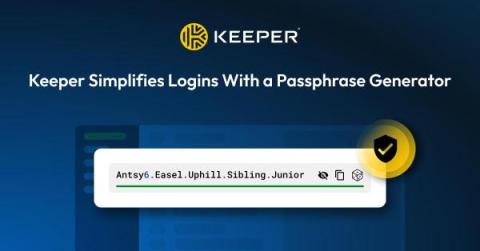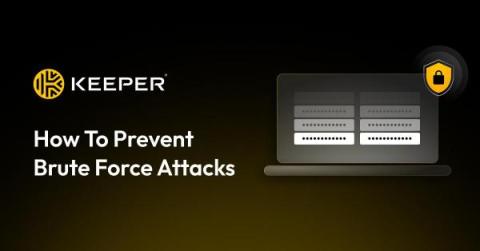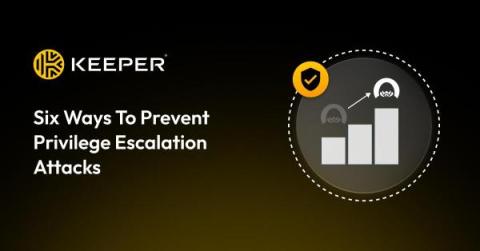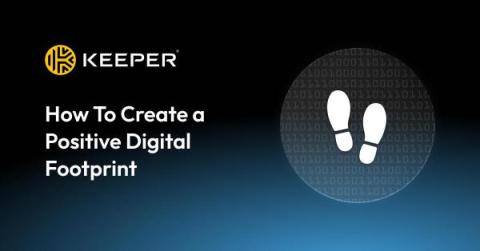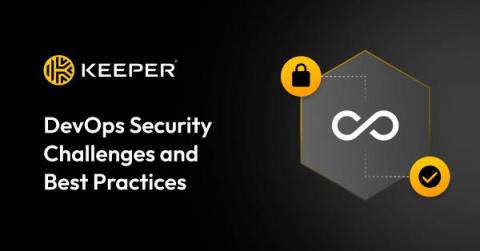Password Manager for IT Teams
Without a password manager, it’s difficult for IT administrators to have visibility and control over employee password practices. This gap places organizations at a greater risk of suffering password-related cyber attacks which can lead to a devastating data breach. Keeper Password Manager helps IT teams gain complete visibility and control over employee passwords while providing them with best-in-class security, and enabling better collaboration and productivity between team members.




